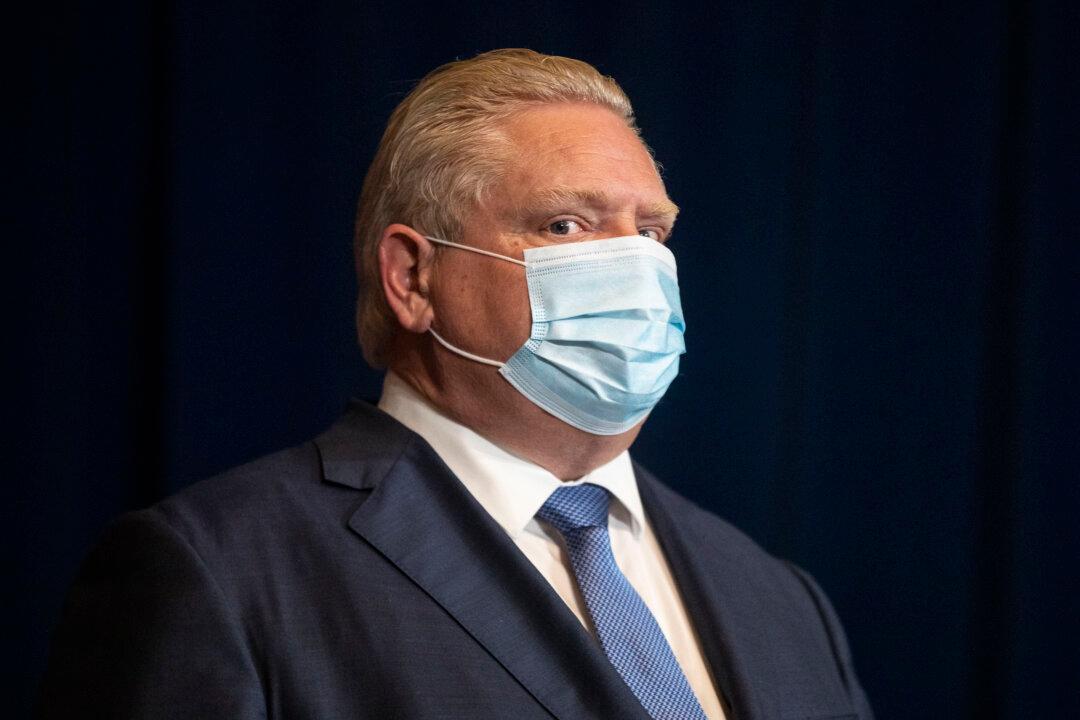Ontario is bringing back tougher COVID-19 restrictions, which include closing schools and halting non-urgent surgeries, in an effort to “blunt the curve” of the soaring infection cases across the province and slow the spread of the Omicron variant, according to Premier Doug Ford.
Effective 12:01 a.m. on Jan. 5, Ontario will return to a modified “step two” of the Roadmap to Reopen plan, which includes delaying students’ return to school by two more weeks, beyond the previous delay to Jan. 5, Ford announced in a press conference on Monday.





